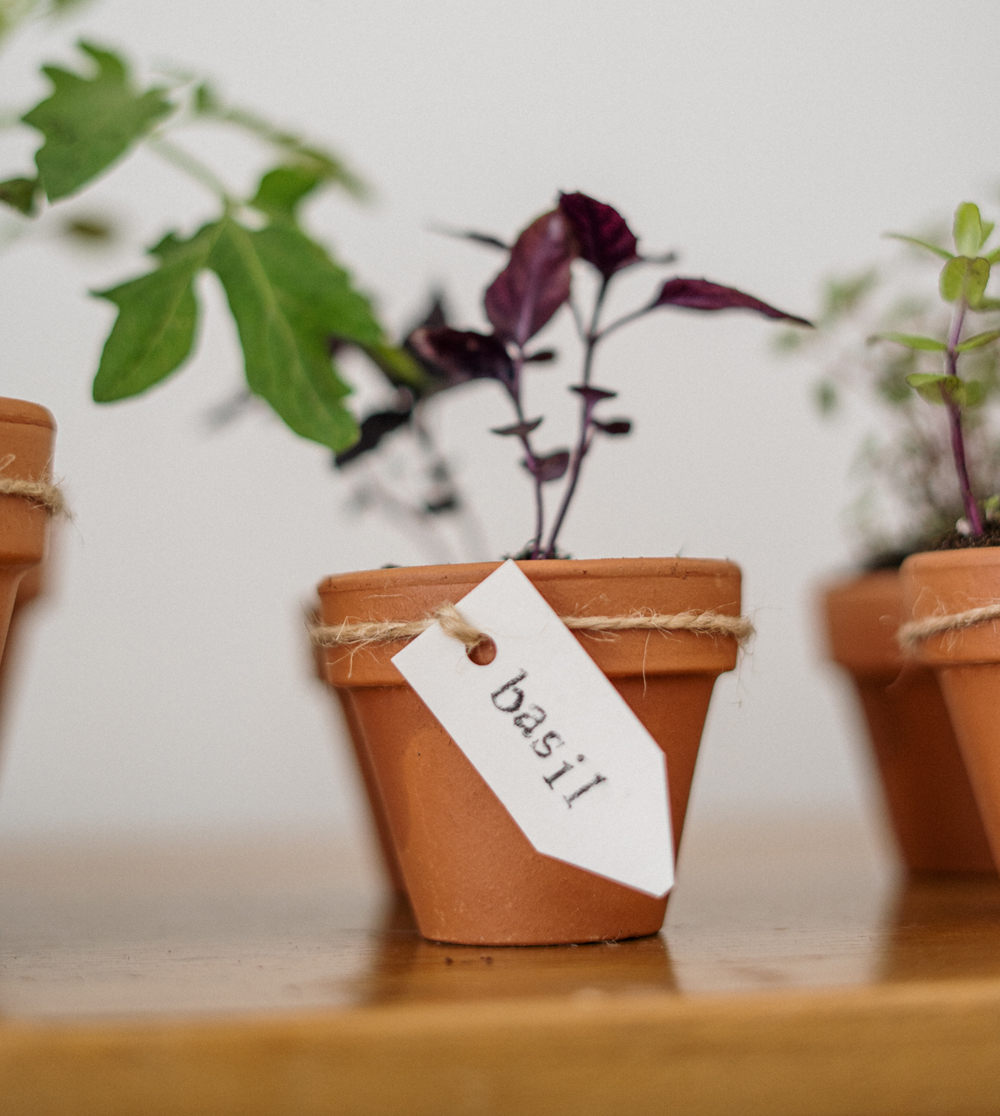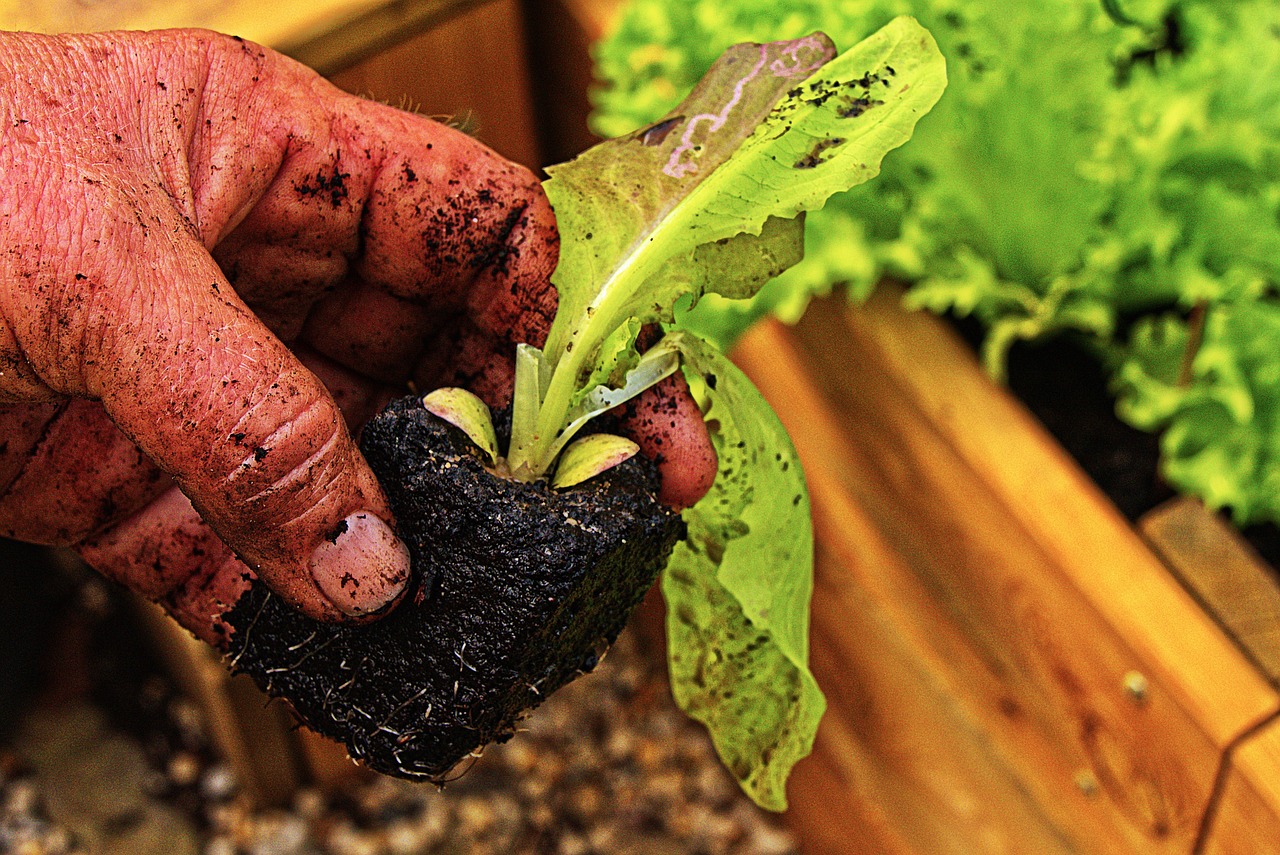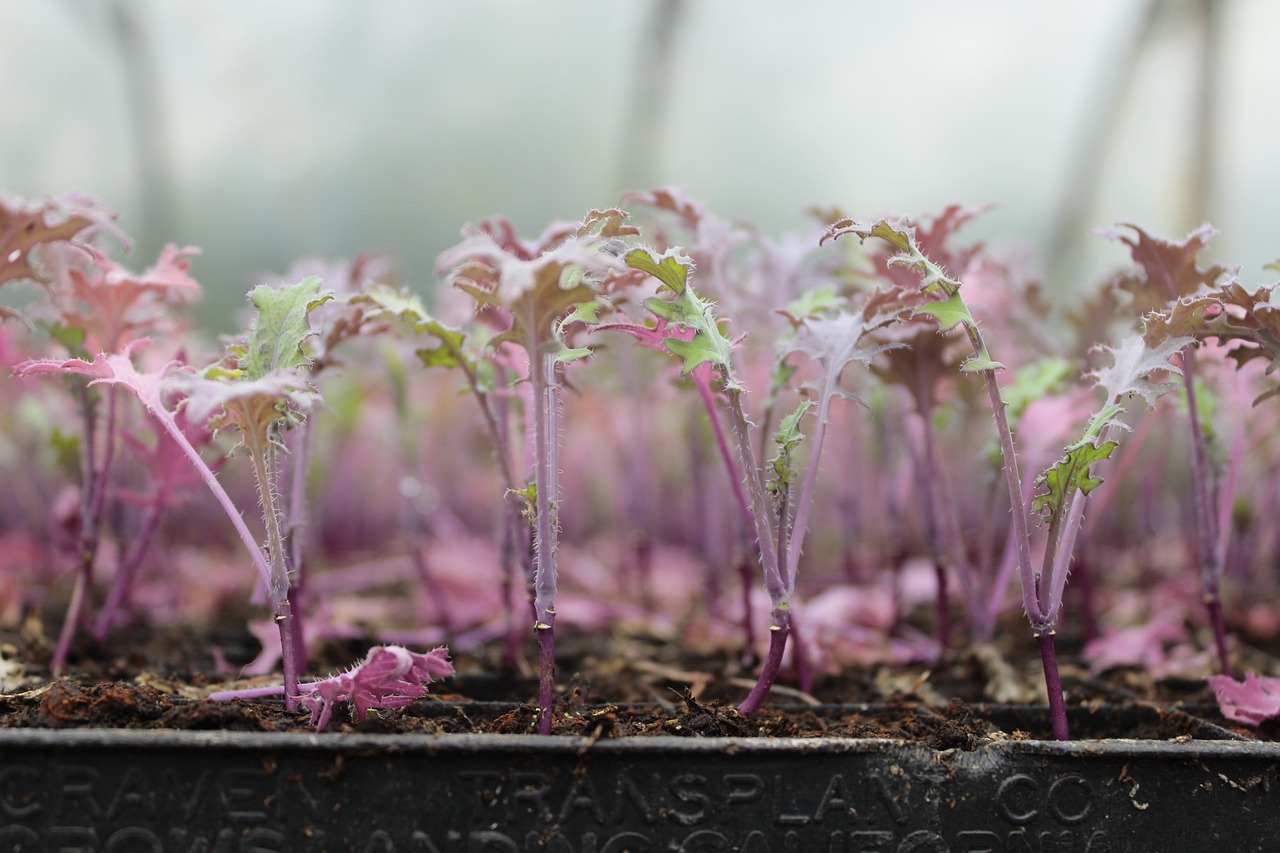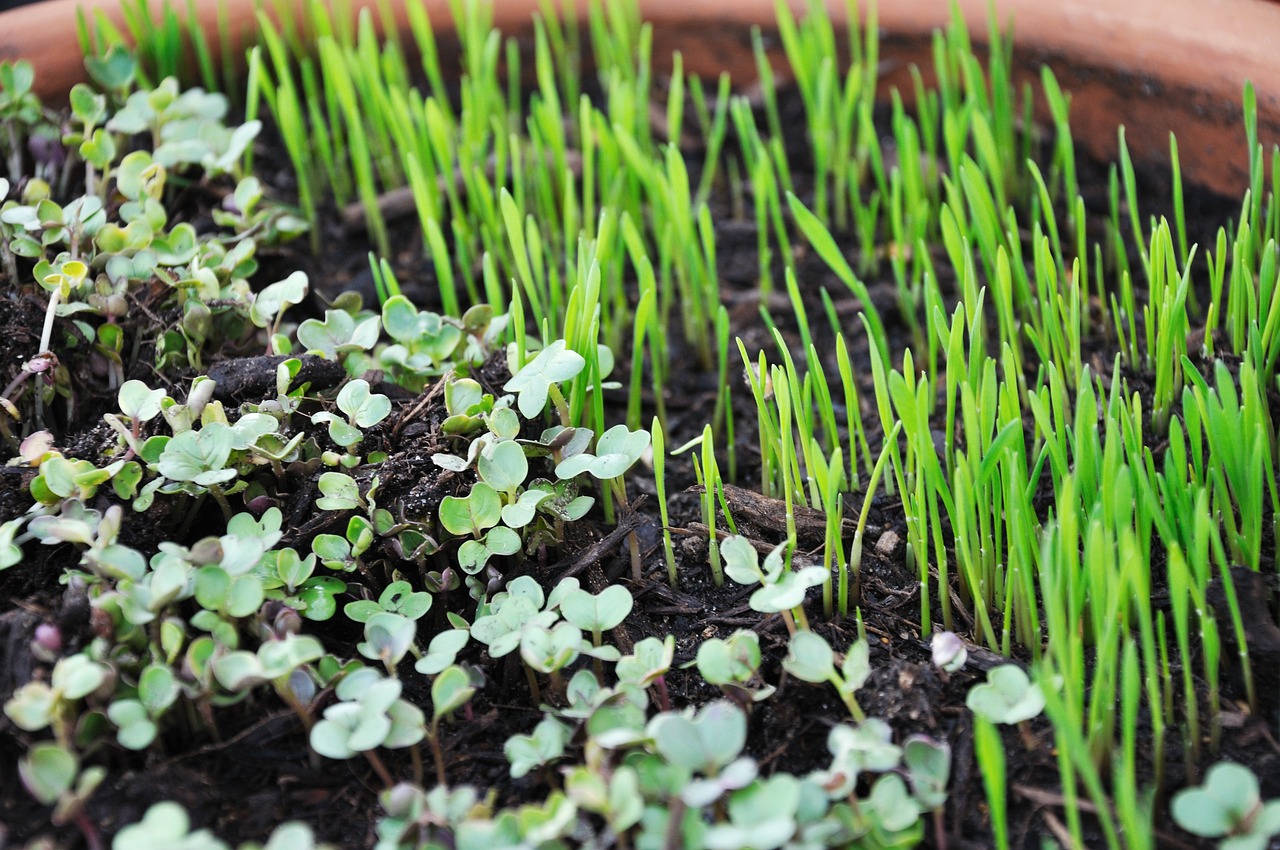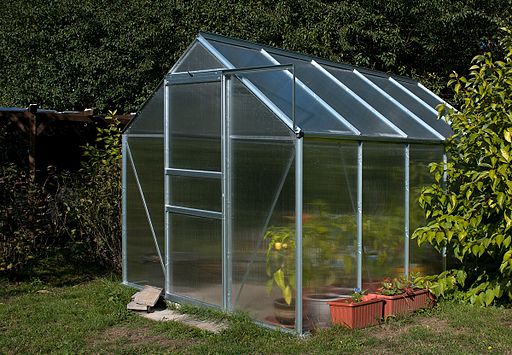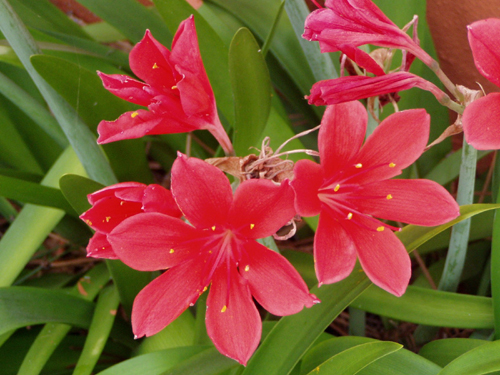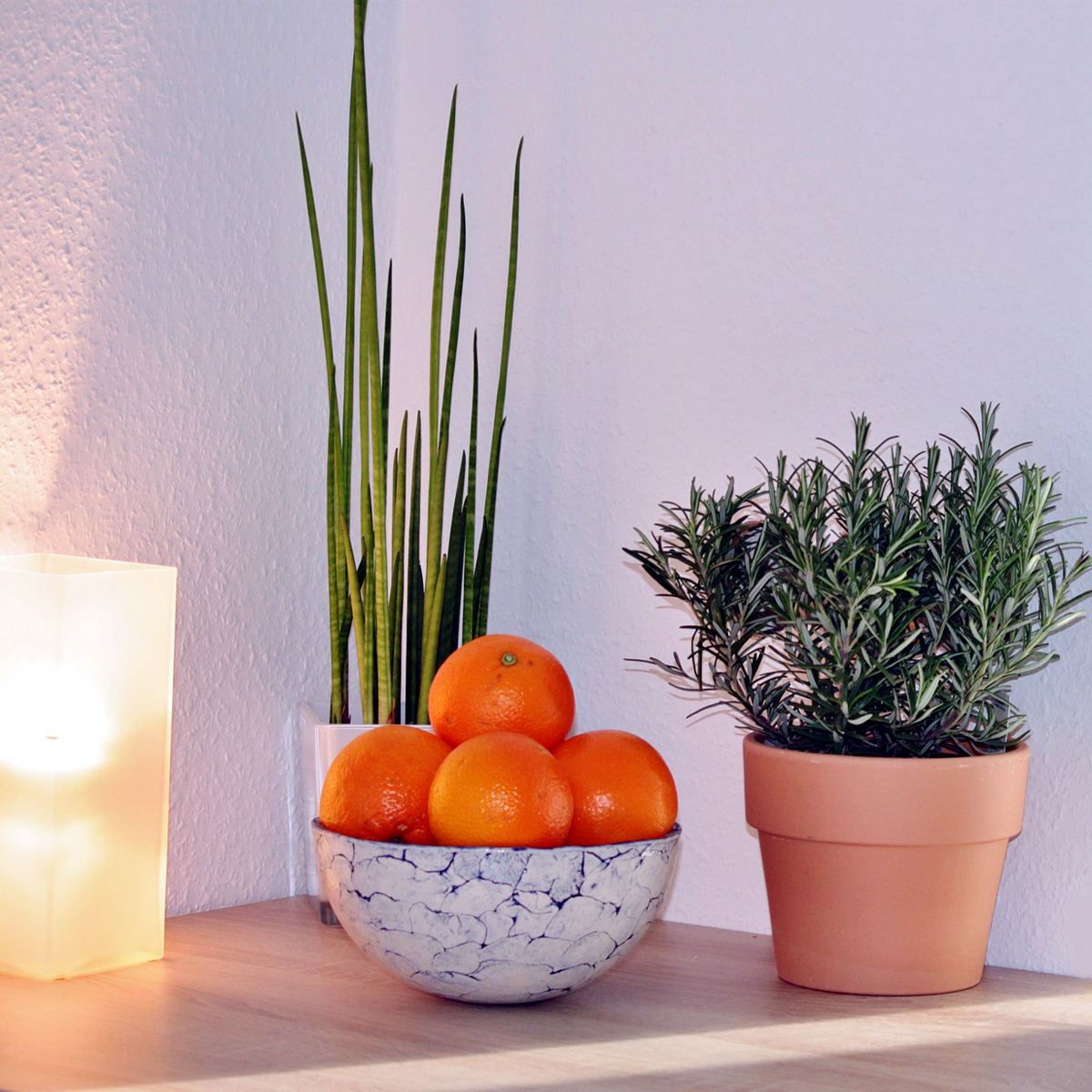How to Fertilize Your Indoor Plants
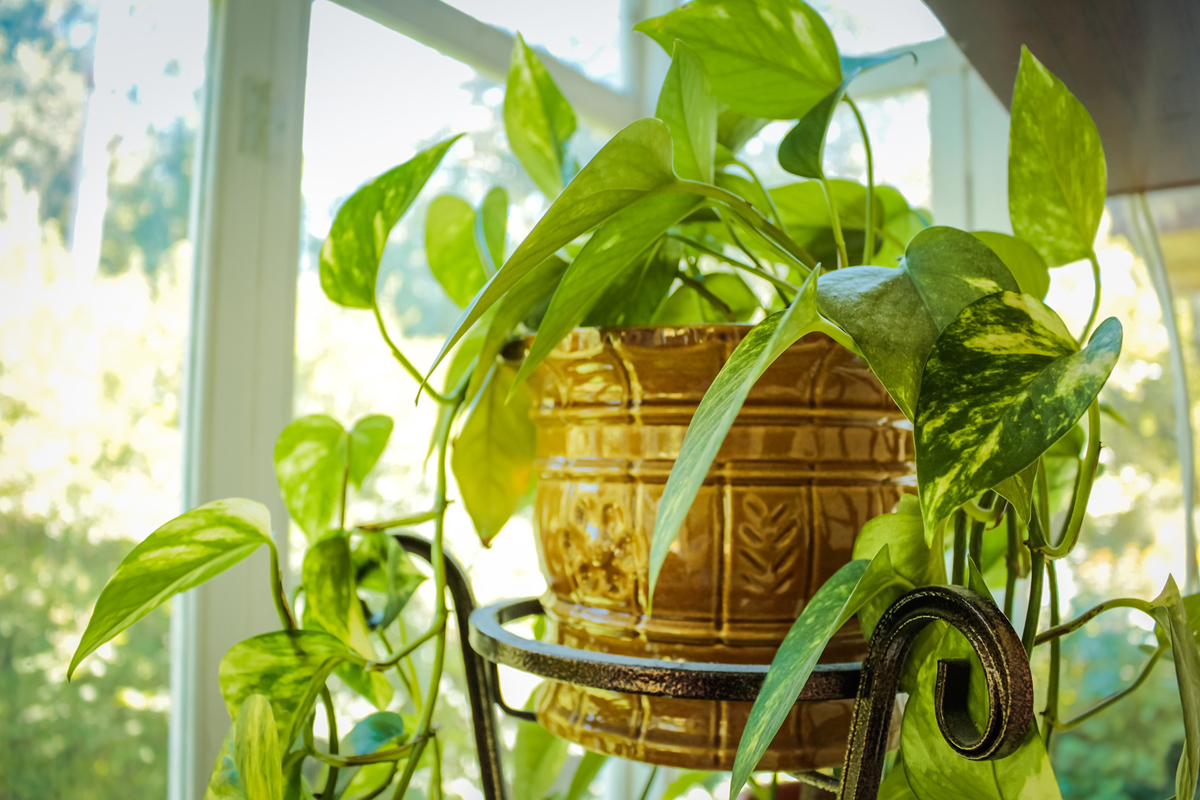
Indoor plants require fertilizers, nourishment and care just as we require food, drinks and nutrition. But there are certain rules to follow while fertilizing indoor plants which I am going to recount in this article.
• In the spring season, indoor plants like all other plants in cold countries come out of hibernation or period of dormancy and enter their active growing season. It is this spring season which is the right time to start fertilizing indoor plants.
• In most cases it is found that indoor plants also prepare their food themselves through the process of photosynthesis. However, in case of indoor plants it has often been found that the soil is lacking in vital minerals and so extra boost from outside is necessary.
• Thus the need for fertilizers, composts, manure and so on. But indoor house plants require lower levels of light and have a rather slow rate of growth. That is why, compared to outdoor plants, their fertilizer requirements are also precious little.
• It is best to go for complete fertilizers as they contain all those vital nutrients that are necessary for the plant’s balanced growth. Of these the 3 most essential nutrients are potassium, phosphorus and nitrogen.
• Along with these 3, the plants also require lesser quantities of trace elements or in other words, other types of minerals.
• For a bushy leafy growth as well as for lush green leaves, the plants require nitrogen. Stress caused by insect attacks or water is resisted and negated by potassium content in plants. The healthy growth of plants also depends on potassium levels. Healthy roots are promoted by phosphorus.
• The ratio in which people normally use a complete fertilizer for indoor house plants is 20:10:5. The proportion in which the nutrients are mixed is like this – 5% of potassium, 10% of phosphorus and 20% of nitrogen.
• Every plant has got different and unique needs. That is why, using the right combination for the right plant is very
necessary.
• House plants can easily absorb water soluble fertilizers from the soil. This is the best type of fertilizer for this kind of plant as these fertilizers get dissolved very easily. Besides, water soluble fertilizers are colorless and odorless; they don’t have any pungent offensive stench like most types of fertilizers.
• You can also use foliar feed fertilizers that have to be applied by sprinkling or wiping the substance on the leaves.
It is easy to determine when an indoor plant is in dire need of fertilizers. Some of the symptoms are pale foliage, generally unhealthy looking plant and leaves, a reduced or slowed down rate of growth that has become extremely noticeable or if you have fertilized the plant long back. Or you may check the soil.
The Author:
indoorplantsite

